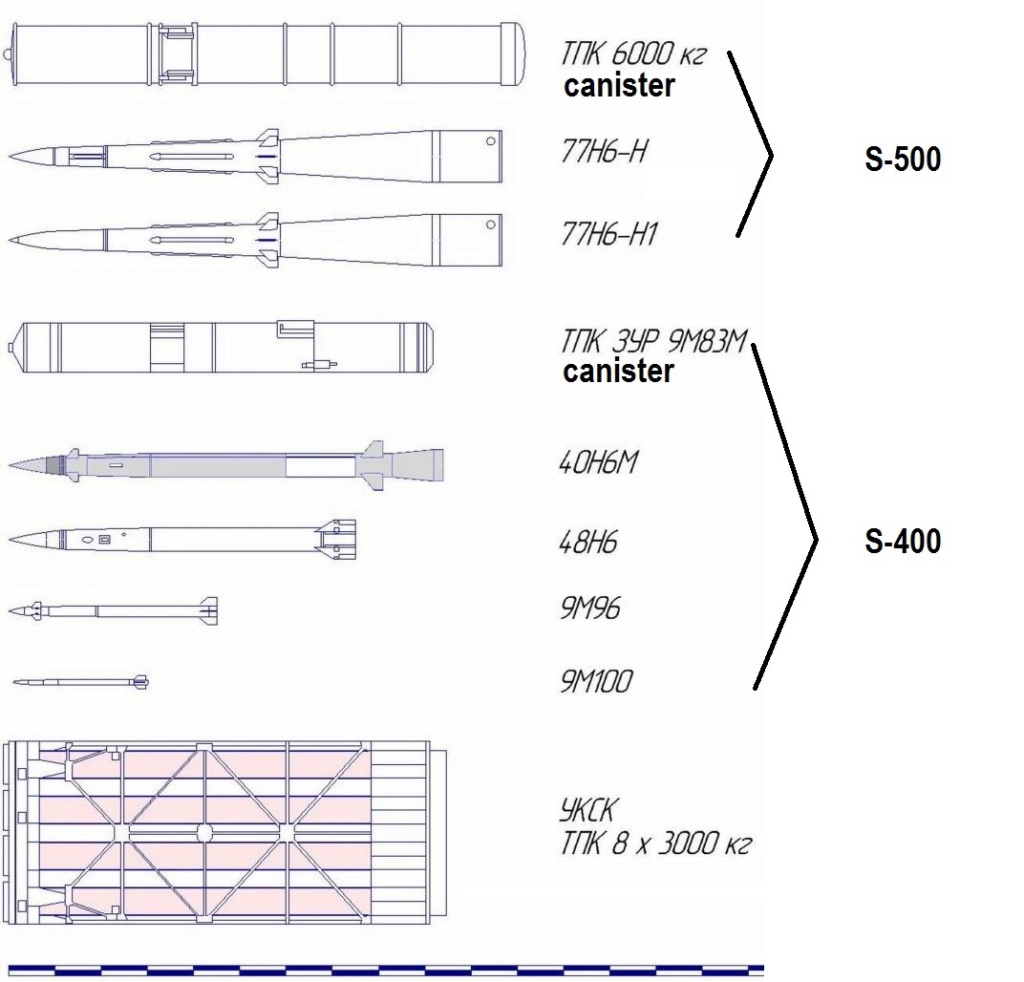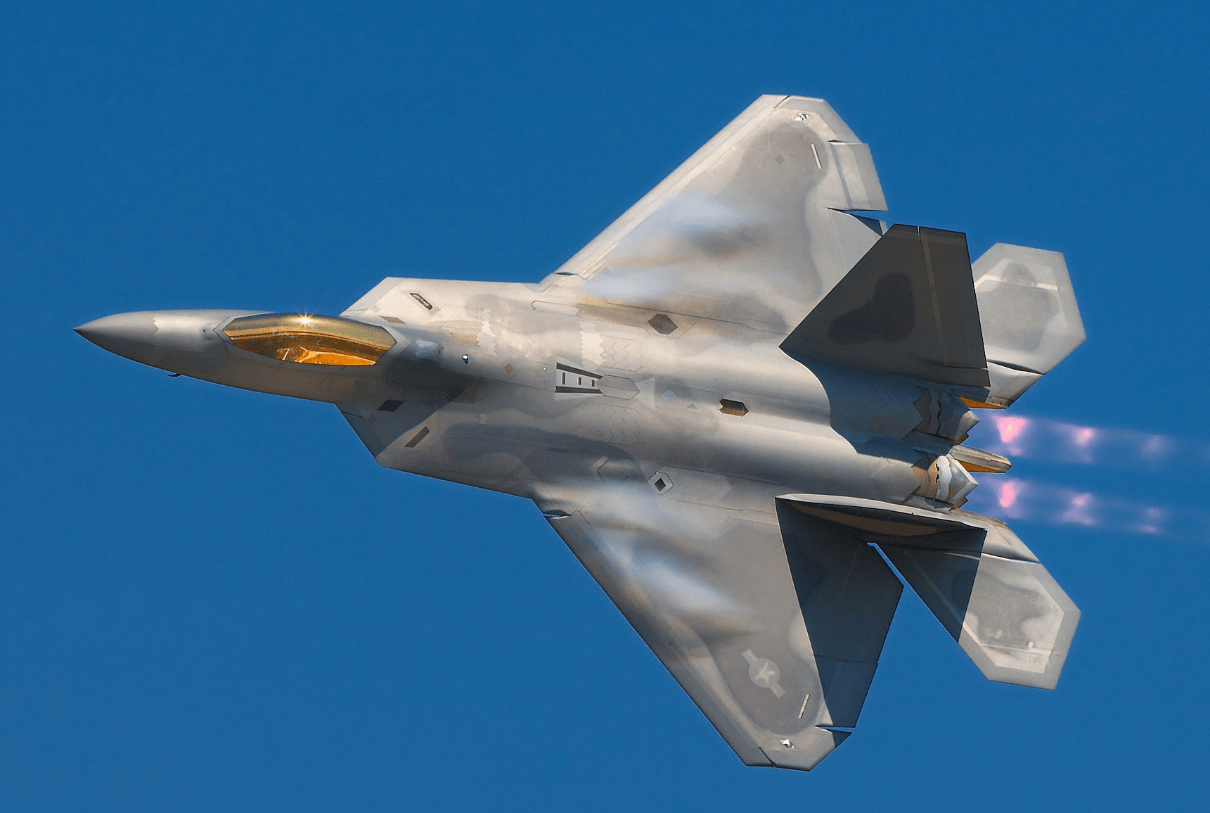MH.Yang
SENIOR MEMBER

- Joined
- Jul 21, 2021
- Messages
- 6,679
- Reaction score
- 2
- Country
- Location
Many people wonder why China buys S400. China ordered S400 from Russia in 2013.
In 2012, Japan's Anti China far right government came to power, and the possibility of air war between China and Japan in the East China Sea increased significantly.
In 2012, two US aircraft carrier fleets entered the South China Sea.
DF21 has not stabled in 2012 and DF17 has not appeared.
In 2012, J20 has not been put into service, J11 has not been mass produced, and J16 has not made its first flight.
In 2012, China has not built an airport in the South China Sea, and there is no Beidou navigation global network.
China began to expand its navy on a large scale only in 2016. In 2012, the Chinese navy was not as good as the Japanese Navy.
So the question should not be why China should buy S400. The question should be why Russia delivered so late.
In 2012, Japan's Anti China far right government came to power, and the possibility of air war between China and Japan in the East China Sea increased significantly.
In 2012, two US aircraft carrier fleets entered the South China Sea.
DF21 has not stabled in 2012 and DF17 has not appeared.
In 2012, J20 has not been put into service, J11 has not been mass produced, and J16 has not made its first flight.
In 2012, China has not built an airport in the South China Sea, and there is no Beidou navigation global network.
China began to expand its navy on a large scale only in 2016. In 2012, the Chinese navy was not as good as the Japanese Navy.
So the question should not be why China should buy S400. The question should be why Russia delivered so late.
Last edited:














